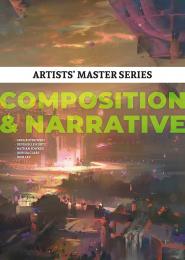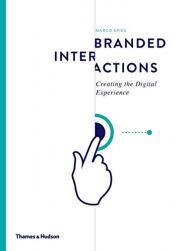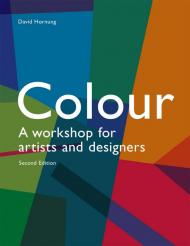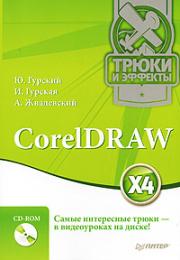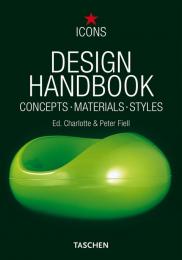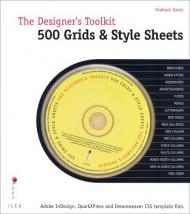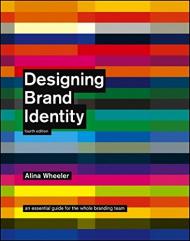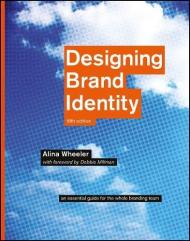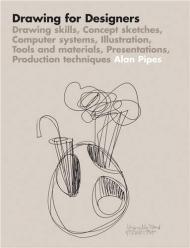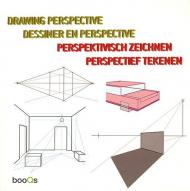Talking to people about your designs might seem like a basic skill, but it can be difficult to do well. In many cases, how you communicate with stakeholders, clients, and other non-designers may be more important than the designs themselves. Because if you can't get their support, your work will never see the light of day-no matter how good it is. This practical guide focuses on principles, tactics, and actionable methods for presenting your designs. Whether you design apps, websites, or products, you'll learn how to get support from people who have influence over the project with the goal of creating the best user experience. Walk through the process of preparing and presenting your designs Understand stakeholder perspectives and learn how to empathize with them Cultivate both implicit and explicit listening skills Learn tactics and strategies for expressing the most effective response to feedback Create the right documentation for your decisions to avoid repeated conversations Learn why following through is just as important as the meeting itself
About the Author:
Tom Greever has been designing interfaces and leading design teams for 20 years. His experience as a UX designer, executive design leader, and consultant has given him a broad perspective on how better communication yields great design. He has coached and mentored teams on design practices and communication at both large enterprises and small start-ups all over the world. He is available for in-person workshops, online training, or motivational keynotes for your team or conference. He lives in Illinois with his wife and five kids. He is probably cleaning up the house right now.

